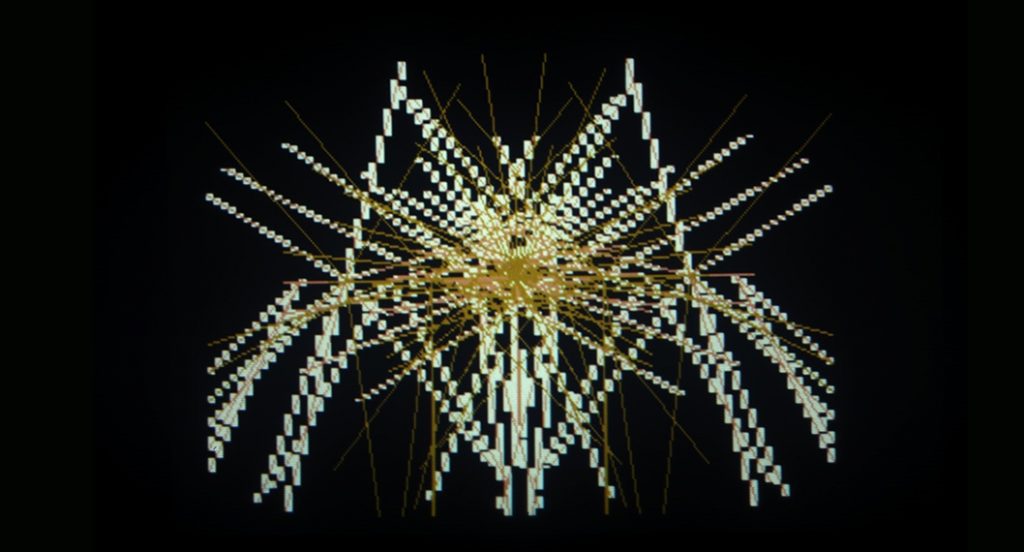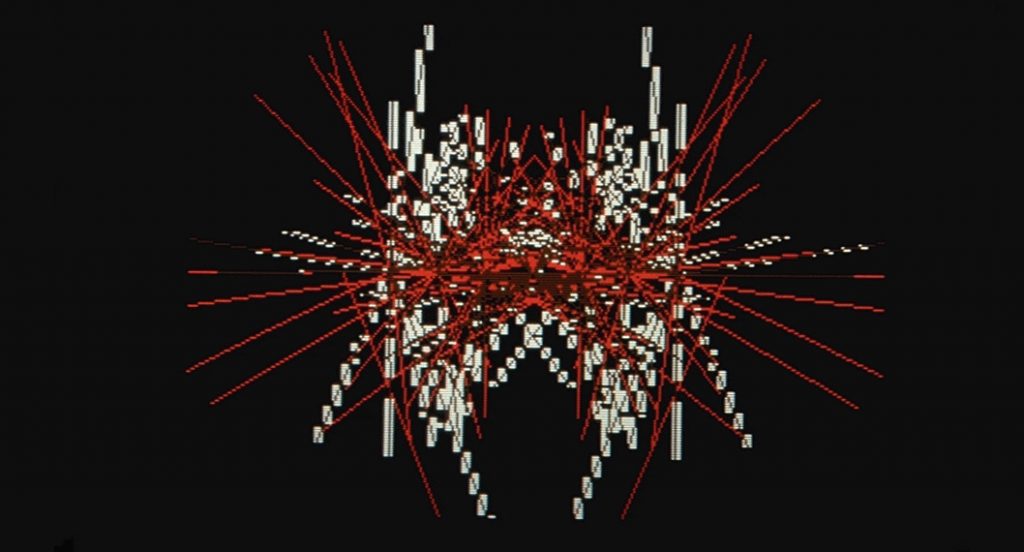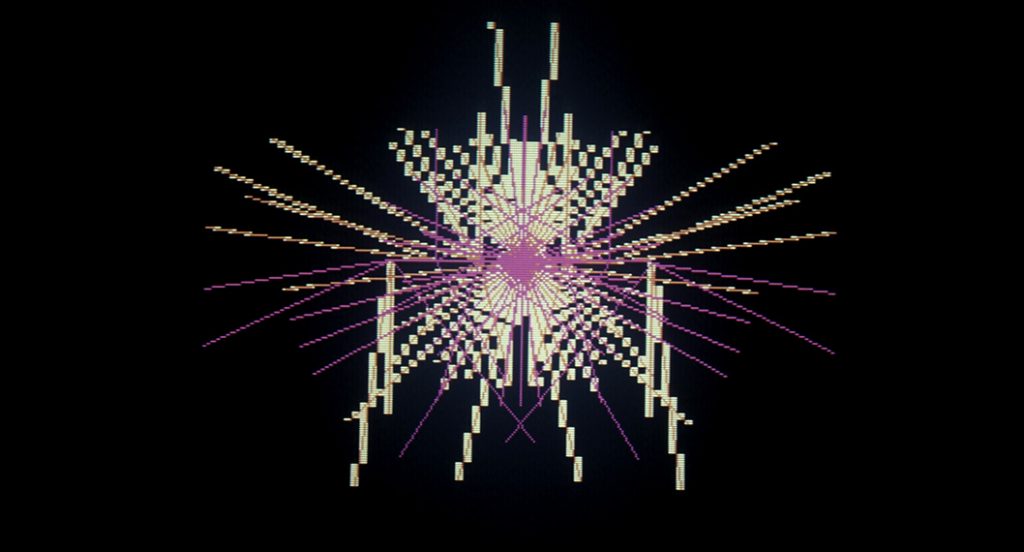

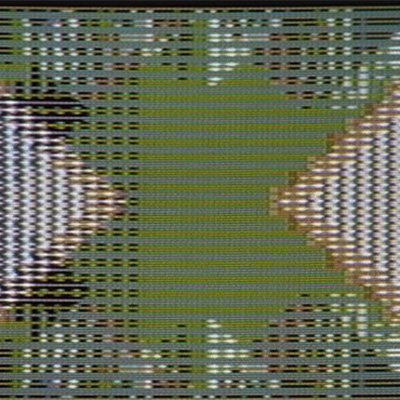



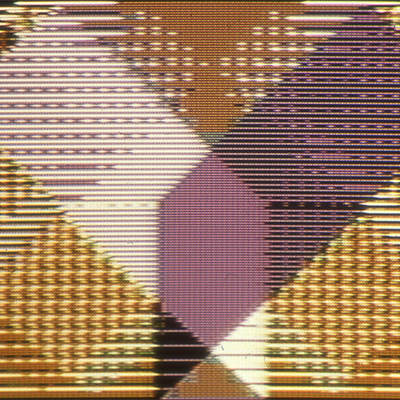



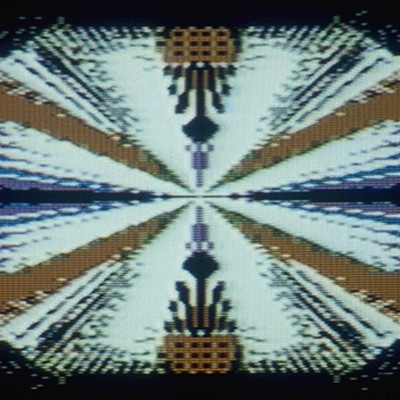

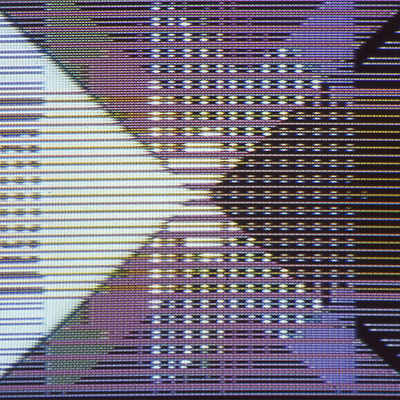

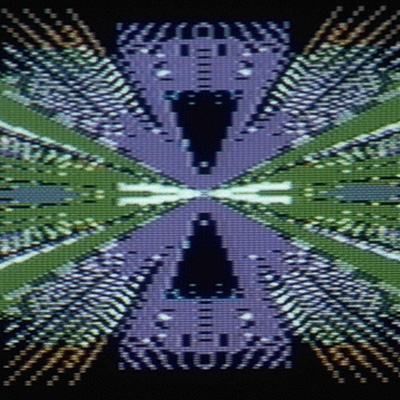

Programs apple II and GS (1980-1983)
In 1980, Herbert W. Franke purchased an apple II when it was fresh on the German market. He was immediately fascinated by the possibilities offered by this personal programming machine. This marked a turning point in his creative work. This was because now, for the first time, it was possible to learn a programming language, Basic, with little effort, and one no longer had to rely on the help of programmers who used Fortran programs on proprietary systems in research and development.


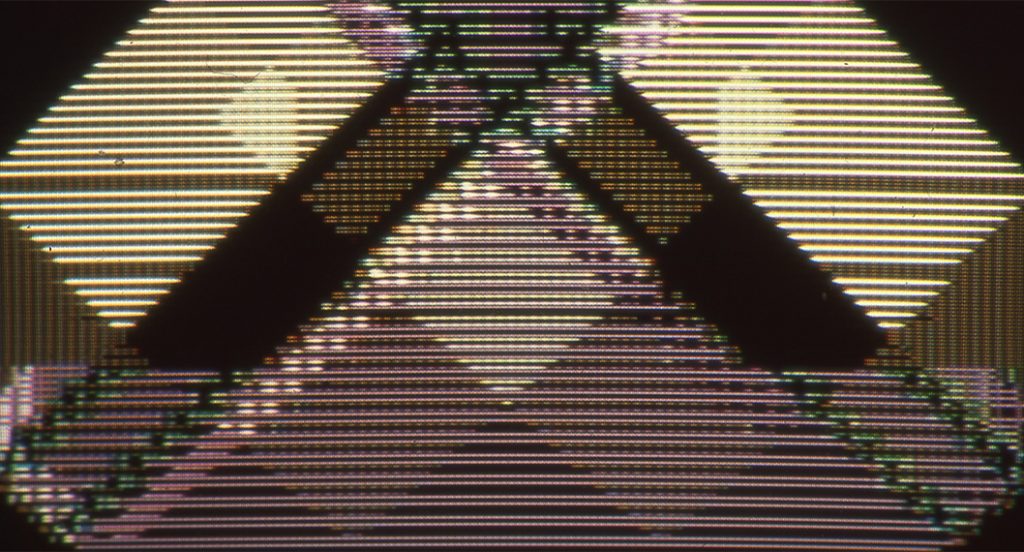

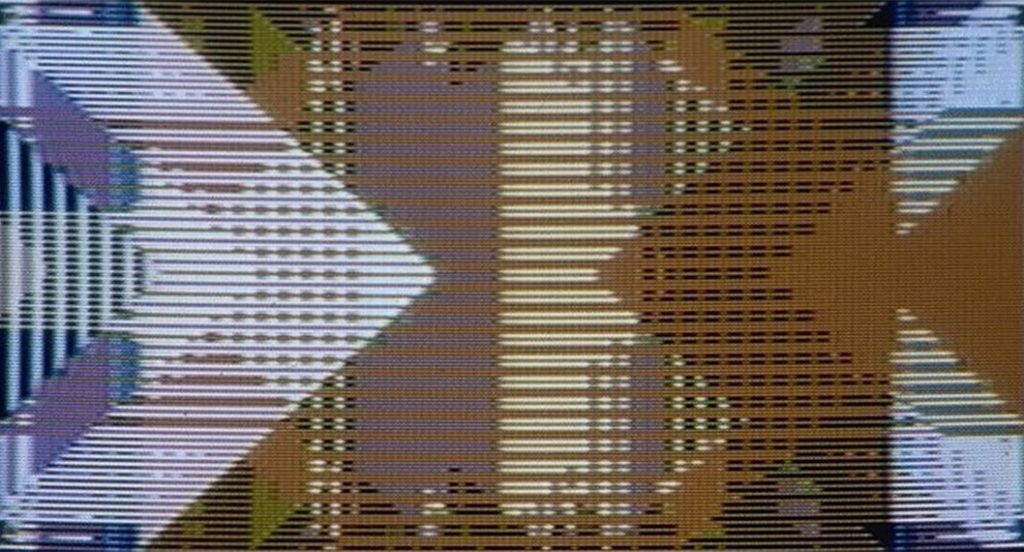

Franke quickly began to develop very simple programs, focusing from the beginning–and despite the extremely limited computing power of the early personal computers–on dynamic processes that, once started with the command „Run“, ran continuously in endless loops. The random generator ensures that each endless loop is unique. Several of these early apple programs could also be controlled interactively: Using the keyboard, it was possible to intervene in the running program and control, for example, the 16 available colors, the length of lines or other parameters, thus intervening live in the process. For the apple II, Franke still used a conventional tube TV as an output screen at that time.
Already in 1982, Franke switched to an apple GS, which had been specially developed for graphics and sound and now also included a special monitor. Like MONDRIAN, which was created in 1979, the Kaskade program is a very early example of digital art for the interface of moving graphics and music. However, unlike MONDRIAN, Kaskade was a graphic program controlled by music. Music could be fed into the computer via a midi interface, which now controlled parameters of the program. Cascades of square elements ran across the screen, emanating like rays from the center point and mirroring the dynamics of the music. The parameters of pitch and volume, typical of music, corresponded to the colors of the elements and the directions of the rays. The project was developed in collaboration with the Steinway company.
